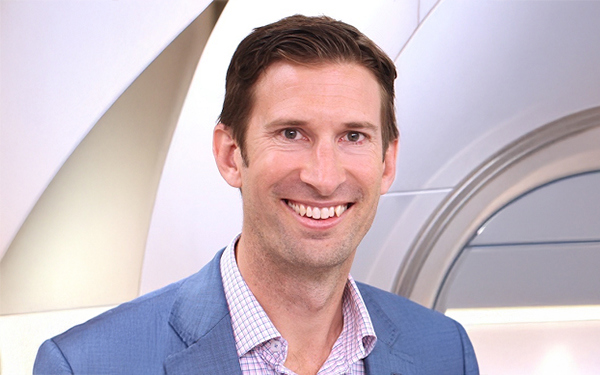Biography
A/Prof David Pryor is an experienced radiation oncologist Icon Cancer Centre Greenslopes and Icon Cancer Centre Redland. He specialises in the management of urological cancer, gastrointestinal cancer, thoracic cancer, soft tissue sarcoma and skin cancers and the use of highly focused stereotactic radiation therapy and palliative radiotherapy.
He is committed to providing high quality cancer care and believes in driving education, quality improvement, research and innovation through his leadership roles in Icon Cancer Centre’s stereotactic radiation therapy network, Adjunct Associate Professor at the Queensland University of Technology, senior lecturer with the University of Queensland, chair of the QLD steering committee for the Prostate Cancer Outcomes Registry (PCOR-ANZ) and immediate past chair of the Genitourinary Committee of the Trans-Tasman Radiation Oncology Group (TROG). He is the national co-chair of studies evaluating the role of stereotactic radiotherapy in the management of oligometastatic cancers and in early-stage liver cancer and a member of the trial management committee for numerous other collaborative group trials in prostate, bladder, kidney, gastrointestinal and soft tissue tumours.
Publications
Stereotactic body radiotherapy in the management of hepatocellular carcinoma: An Australian multi-institutional patterns of practice review. H. Liu, Y. Lee, S. Sridharan, E. Choong, H. Le, W. Wang, R. Khor, J. Chu, A. Oar, R. Mott, J. Smart, T. Jenkins, N. Anderson, S. Cross, K. Loo, A. Wigg, K. Stuart, & D. Pryor. Journal of medical imaging and radiation oncology, 2021; 65(3), 365–373.

